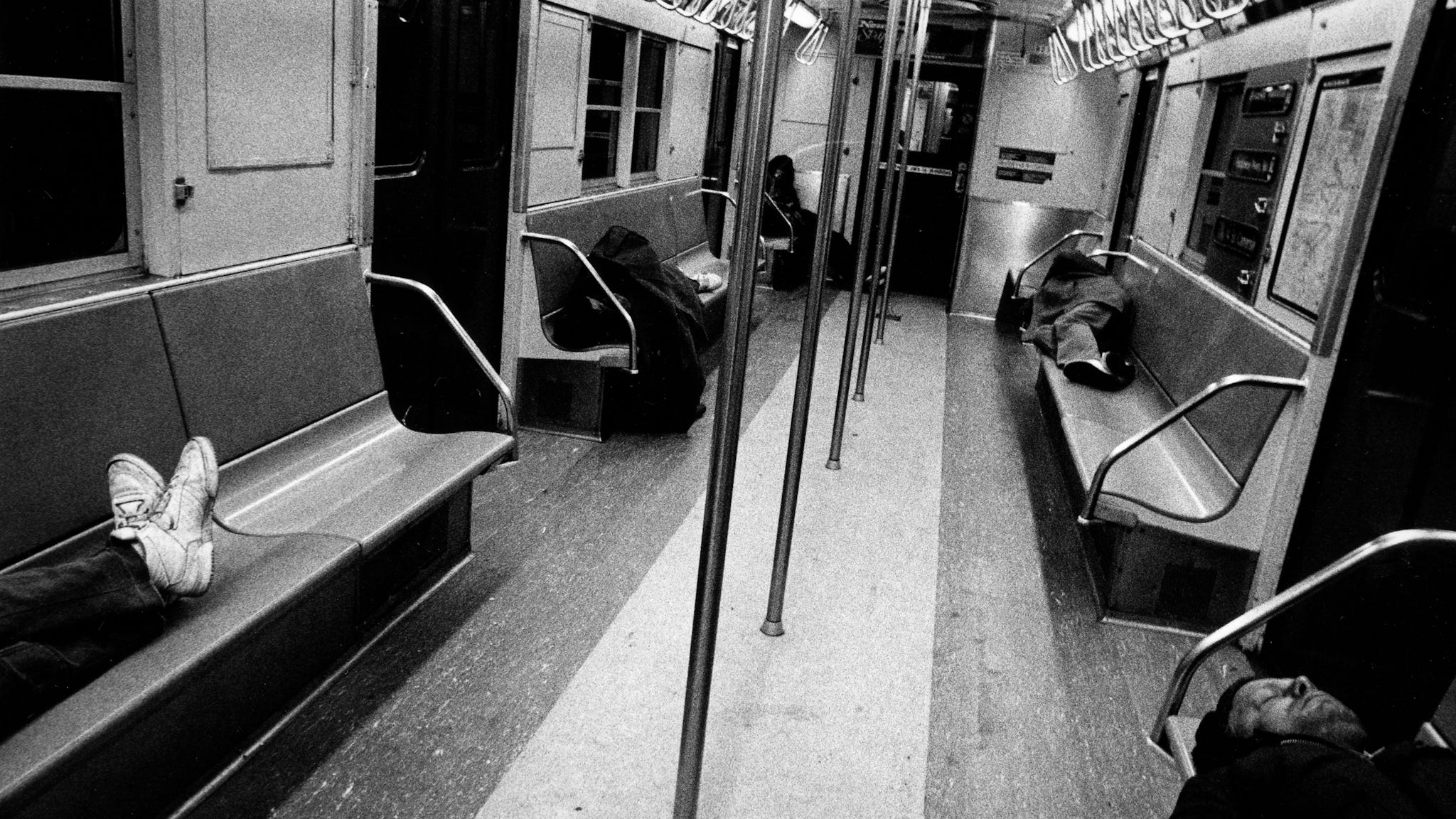Is It Really Possible to Count Every Homeless New Yorker in One Night?
Once a year, thousands of volunteers canvass NYC interviewing the homeless, but critics question whether this parachute-in approach is accurate or adequate.

Photo by Andrew Lichtenstein/Corbis via Getty Images
The line of volunteers snaked to the bottom of the stairs that led into the basement of the Mary Lindley Murray School in the Murray Hill neighborhood of Manhattan. At 10:20 p.m., only a few sugar-coated donuts were left in the Dunkin’ Donuts box set up next to an assortment of water bottles, granola bars and other snacks for the road. Volunteers who had already signed in were grabbing cups of coffee or tea to prepare for a long night ahead of them.
On Monday night, over 3,500 volunteers went out to canvass selected areas of New York City, and interview everyone they met. The Homeless Outreach Population Estimate (HOPE) is an annual volunteer effort organized by the Department of Homeless Services to estimate the number of unsheltered individuals on the city’s streets. These numbers are crucial to assessing the services necessary to provide homelessness relief, as they are the basis of requests for federal funds.
The latest data publis…
Keep reading with a 7-day free trial
Subscribe to Narratively to keep reading this post and get 7 days of free access to the full post archives.



